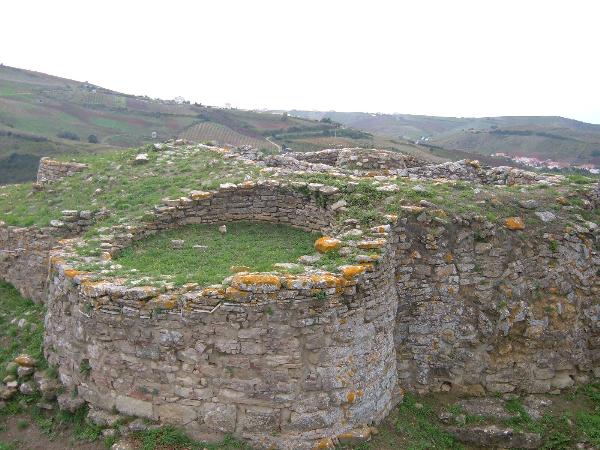Yesterday I posted briefly on the recent news on the many Stonehenge burials. But I believe I have something more to say than just "oooh!" and read this and that. In fact I have already done that in other spaces but I missed doing the same on Leherensuge. After all, Leherensuge is, according to Xaho, the first Dragon or first and late Serpent, and there is probably no place in Europe where the dragon is as mythically relevant as in SW Britain.
Going to the grain, the most intriguing fact I found in this (re-)discovery of the Stonehenge elite burials is that the most recent burial is from some date between 2570 and 2340 BCE (c. 2450 to say a most likely date). Why is this date relevant? Because it is intriguinly coincident of some major events in the rest of Europe that may have influenced it. Let's review them briefly:
- Since c. 2800 offshots of Michelsberg and since c. 2600 the Seine-Oise-Marne culture expanded into mid-western France and Brittany, putting an end to the monumental and elite-burial Megalithism of that area. This Breton/French elitist Megalithism would seem to have some parallels with the British one, specially monumentality and elite burial, as well as the use of dolerite (bluestone) as ritual or prestige item.

One of the impressive Carnac monuments
- Since c. 2600 BCE the bowmen people of Artenac culture (Megalithic, born in Dordogne and possible ancestor of historical Aquitanians and modern Basques) began fighting these expanding Danubians and by c. 2400 BCE they had conquered all Atlantic France and Belgium. Artenacian type of Megalithism is a much more common one where monuments are generally small and aboundant (no apparent elitist but generalized clannic burial probably).
- Since c. 2600 too two Megalithic civilizations, builder of rather large fortified towns, appeared in southern Iberia: Zambujal/Vila Nova in west-central Portugal and Los Millares in SE Spain.

Some of the complex and still ill excavated fortifications of Zambujal, north of Lisbon
- Also c. 2400 BCE the Corded Ware culture consolidated Indo-European control of Central Europe and incorporated Scandinavia too, putting an end to Scandinavian Megalithism.
- Since c. 2300 the Bell Beaker phenomenon expanded rapidly in both Indo-European Central Europe and pre-Indoeuropean and Megalithic Western Europe, as well as some other related areas (Italy, Denmark, North Africa). While probably original from Bohemia, c. 2100 it would become centered in Zambujal. It is in any case a minority phenomenon that does not generally change the local cultures where it is found (though there maybe an exception or two). The most common explanation is that of a sect or guild of bowmen-traders, who were wealthy and possibly influential but who conquered nobody, much less changed their traditions.

Nice bell-shaped beaker
Anyhow, while not excluding totally that the Bell Beaker phenomenon can not totally be discarded as somehow related, the odds and the dates rather suggest the immediately previous period of rapid changes. In particular I think that the fall of elitist Megalithism in Brittany/West France influenced the end of elite burials in Stonehenge. The dates speak on their own.
Later, since the end of Chalcolithic (early 2nd milennium BCE), Megalithism would gradually recede, and France was one of the first places where it happened.

































